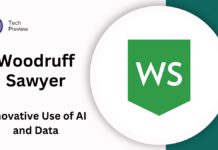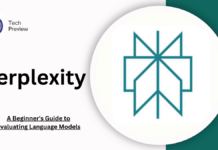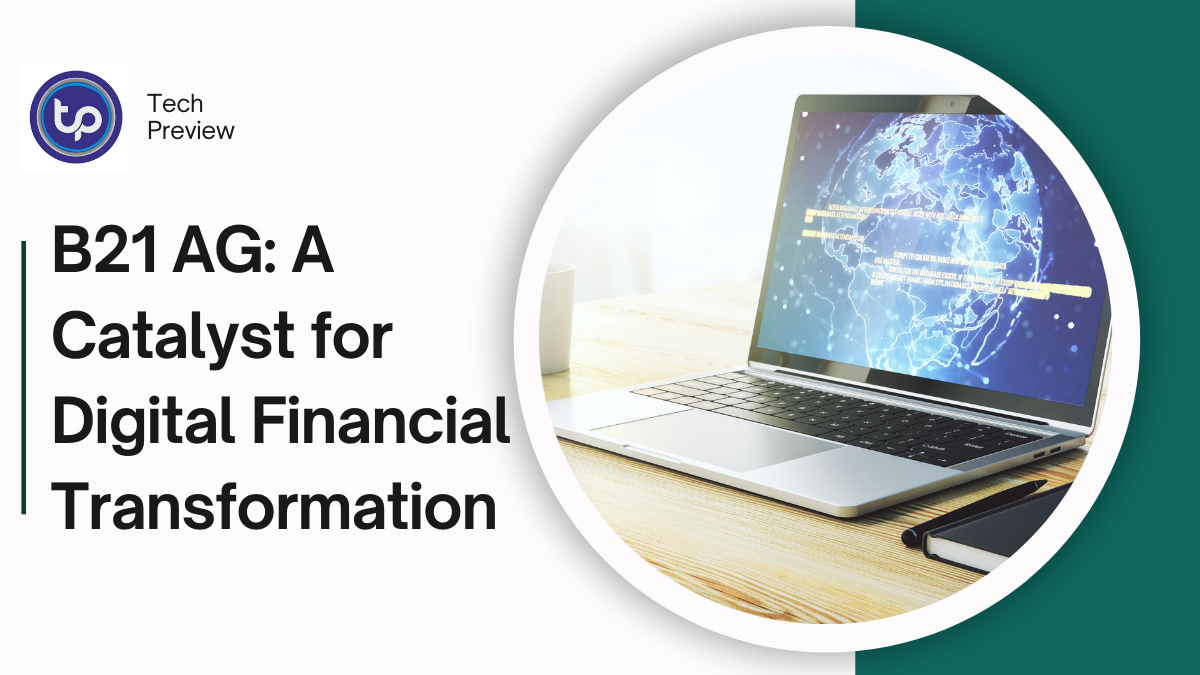Tesla is doubling down on its AI-driven future with the development of the ‘Cortex’ supercomputer, designed to propel the company’s ambitious plans for autonomous vehicles and humanoid robots.
As Tesla’s lead in the electric vehicle (EV) market begins to face stiff competition, the company is shifting its focus toward AI and autonomy, areas it believes will define the future of transportation. Central to this strategy is the development of “Cortex,” a massive supercomputer cluster located at Tesla’s Gigafactory in Austin, Texas.
What is Cortex?
Cortex is being touted as one of the most powerful AI-training supercomputers in the world. Designed to process colossal amounts of data, Cortex will be instrumental in training Tesla’s Full-Self Driving (FSD) system and Optimus humanoid robots. The supercomputer will be powered by over 100,000 Nvidia H100 and H200 chips, making it a behemoth in terms of computational power.
The facility, currently under construction, is reminiscent of other data centers, with thick cables, high-tech server racks, and a sophisticated cooling system to manage the immense heat generated by the hardware. Tesla CEO Elon Musk has described Cortex as a key component of Tesla’s long-term vision, where AI plays a central role in both driving and robotics.
The Role of Cortex in Tesla’s Autonomous Vehicle Strategy
Tesla’s approach to autonomous driving is distinct from other companies in the space. Instead of relying solely on pre-mapped data, Tesla collects vast amounts of real-time video footage from its global fleet of EVs. This data is then processed at AI-powered data centers like Cortex, where it’s used to improve and refine the FSD software.
The ultimate goal is to make Tesla vehicles capable of driving themselves with the same skill and decision-making ability as a human driver. However, achieving this requires not just advanced algorithms but also an immense amount of processing power hence the need for Cortex.
Power and Cooling: The Challenges of Running Cortex
Operating a supercomputer of Cortex’s magnitude comes with significant challenges, particularly in terms of power consumption and cooling. Tesla’s Austin facility is expected to require up to 500 megawatts of power in the future, a staggering amount equivalent to powering about 100 sports stadiums simultaneously.
To manage the heat generated by thousands of GPUs, Tesla is using a patented cooling system, featuring enormous fans on the roof of the facility. These fans, likely the size of aircraft propellers, are designed to keep the hardware at optimal operating temperatures, ensuring that Cortex can run at full capacity without overheating.
Tesla’s Broader AI Infrastructure: Dojo and Beyond
Cortex is not Tesla’s only supercomputer. The company is also building the “Dojo” supercomputer at its New York Gigafactory, another massive AI-training cluster dedicated to video training for Tesla’s FSD system.
Musk has revealed that Tesla is investing over $500 million in this facility, highlighting the scale of Tesla’s commitment to AI and autonomous technology.
The Dojo supercomputer, once complete, is expected to be one of the most powerful AI-training clusters globally, further advancing Tesla’s capabilities in the autonomous vehicle space. Additionally, Tesla has another supercomputer facility in Memphis, which is currently operational and undergoing expansion to increase its processing power.
To know more, click here.
The Future of Tesla: AI, Autonomy, and Beyond
Tesla’s pivot towards AI and autonomy is a bold move, especially as the company’s traditional EV lineup begins to age. With the introduction of Cortex and Dojo, Tesla is signaling its intent to become as much a technology company as it is an automaker. The focus is shifting from producing vehicles to creating the AI and robotic systems that will define the next era of transportation and automation.
However, the path forward is fraught with challenges. Tesla’s FSD system has faced criticism and scrutiny, particularly regarding its performance in real-world driving conditions. Despite Musk’s ambitious claims, FSD has yet to fully live up to its promise, and there are still unresolved questions about liability and safety in the event of accidents involving autonomous vehicles.
Moreover, Tesla’s shift in focus has led to concerns that the company is neglecting its core automotive business. With models like the refreshed Model 3 and Cybertruck still in development, Tesla must balance its AI ambitions with the need to maintain and innovate its existing product lineup.
Conclusion
Tesla’s Cortex supercomputer represents a significant step forward in the company’s quest to dominate the AI and autonomous vehicle landscape. With Cortex, Tesla is building the infrastructure necessary to train the advanced systems that will power its future robotaxis and humanoid robots.
While the road ahead is challenging, Tesla’s investment in AI technology underscores its commitment to leading the next revolution in transportation and automation.
People May Ask
What is Tesla’s Cortex supercomputer?
Cortex is Tesla’s supercomputer cluster, designed to train AI systems for autonomous vehicles and humanoid robots using over 100,000 Nvidia GPUs.
Where is Tesla building the Cortex supercomputer?
The Cortex supercomputer is being built at Tesla’s Gigafactory in Austin, Texas.
How does Cortex contribute to Tesla’s autonomous driving goals?
Cortex processes vast amounts of data to train Tesla’s Full-Self Driving (FSD) system, aiming to make Tesla vehicles capable of fully autonomous driving.
What challenges does Tesla face with Cortex?
The challenges include managing the facility’s immense power consumption (up to 500 megawatts) and maintaining optimal cooling for the hardware.
What other supercomputers is Tesla developing?
Tesla is also building the Dojo supercomputer in New York, another AI-training cluster focused on enhancing the FSD system.
RELATED ARTICLES
- AI Testing Tools: The Future of Smarter Software Development
- AI-Powered Explainer Videos: A Comprehensive Guide for Beginners
- Immediate Neupro Ai: Your Guide to AI-Powered Crypto Trading
- Immediate 3.0 ReoPro : Unveiling the AI-Driven Trading Experience
- how technology industry will boom with artificial intelligence (AI









